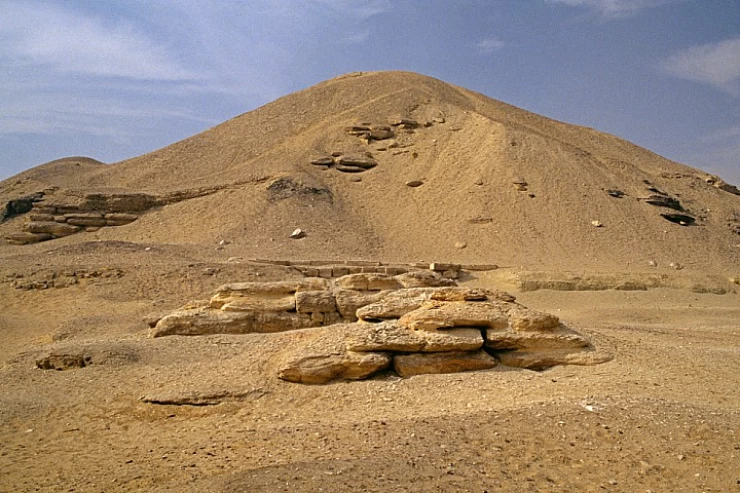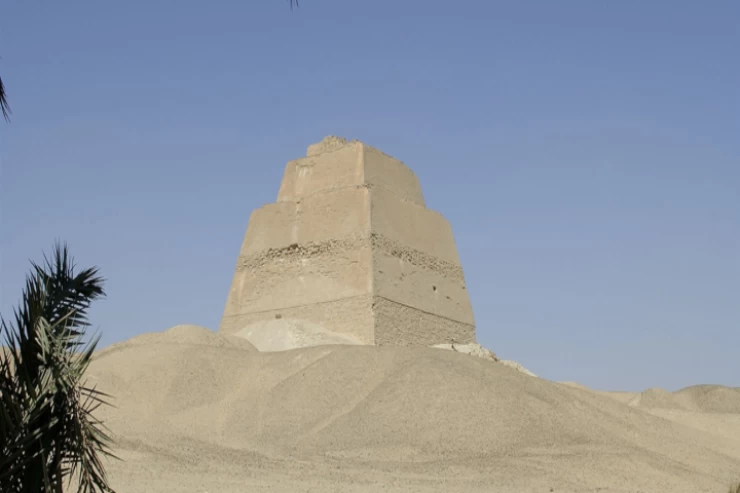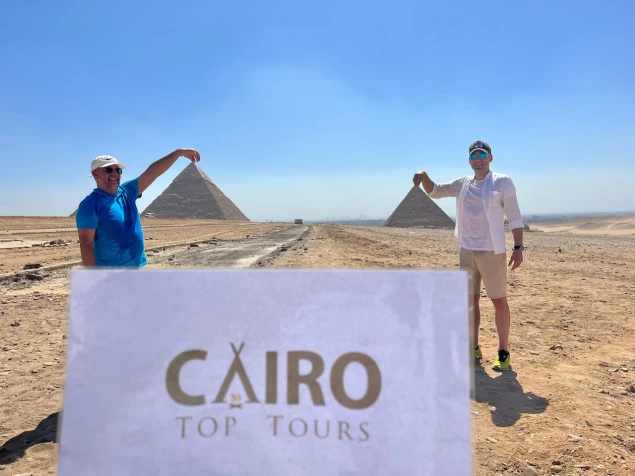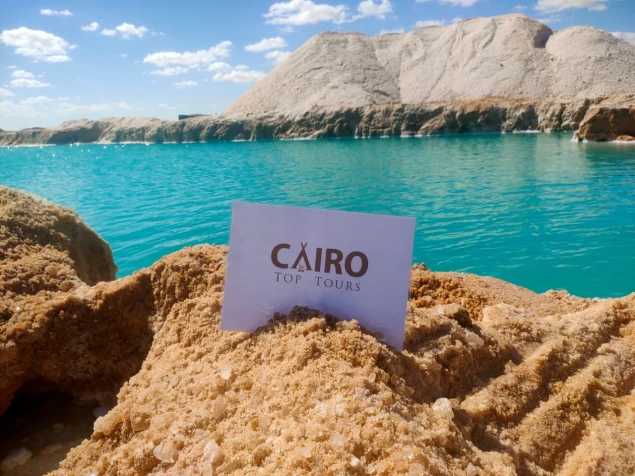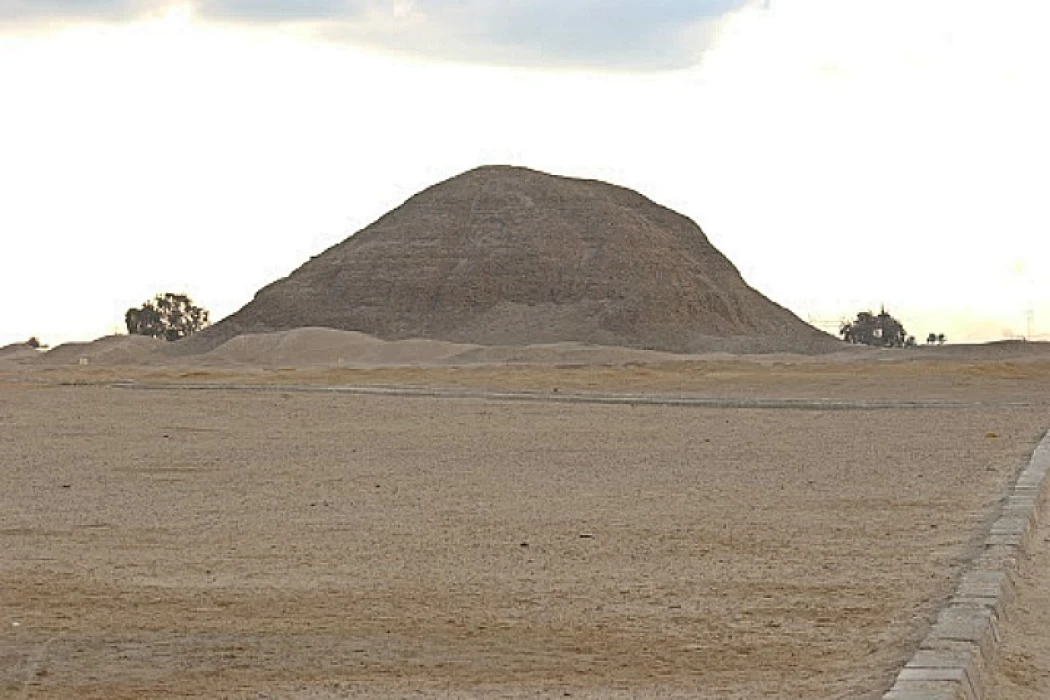
The Hawara Pyramid
The Hawara Pyramid: A Lost Marvel of Ancient Egypt
Not so famous, however, the Hawara pyramid (a pyramid that is located near the modern town of Fayoum, Egypt) is one of the historically significant pyramids of ancient Egypt. The tomb, created in the time of the pharaoh Amenemhat III (of the 12th Dynasty) (around 1850 BCE), not only reveals a fascinating peek into the evolution of Egyptian tomb architecture and the mysteries that once bewitched ancient historians.
Historical Context
Amenemhat III was one of the most famous pharaohs of the Middle Kingdom, the time of political stability, cultural renaissance, and architectural innovation. During his reign, two pyramids were built, the first in Dahshur (structurally unstable) and the second at Hawara, which also became his resting place.
Architectural Design
Contrary to the better-known pyramids of Giza built in the Old Kingdom, the Hawara Pyramid was not built from stone, but was rather made up of mud brick, with only a limestone veneer, most of which has been eroded or removed. This decision of materials, therefore, made the pyramid more susceptible to time and natural elements, hence ruining it in the process.
Earlier, the pyramid was over 58 meters (190 feet) tall and had a sophisticated and safe substructure. The interior design was ahead of its time, it involved a winding passage system and trapdoors to prevent the spolia seekers. However, these efforts failed to prevent the tomb from being looted in antiquity.
The Labyrinth of Hawara
What really distinguished the Hawara site in ancient accounts was the huge mortuary temple that lies next to the pyramid. Greek historians such as Herodotus, Strabo, and Diodorus Siculus used to call it as the “Labyrinth’ on account of its massive size and of its complexity. Herodotus said it was grander than the pyramids and had thousands of rooms, some of which were above ground and the others were below the ground.
Much of the Labyrinth has been leveled out or covered over over time, but its remains were found by the famous British archaeologist Flinders Petrie at the end of the 19th century. The excavations made by Petrie uncovered some of the foundation and walls, and evidence as to this temple being one of the most majestic creations of ancient Egypt.
Archaeological Discoveries
What distinguished the Hawara site in ancient accounts was the huge mortuary temple that lies next to the pyramid. Greek historians such as Herodotus, Strabo, and Diodorus Siculus used to call it the “Labyrinth’ on account of its massive size and its complexity. Herodotus said it was grander than the pyramids and had thousands of rooms, some of which were above ground and the others were below the ground.
Much of the Labyrinth has been leveled out or covered over over time, but its remains were found by the famous British archaeologist Flinders Petrie at the end of the 19th century. The excavations made by Petrie uncovered some of the foundation and walls, and evidence as to this temple being one of the most majestic creations of ancient Egypt.
Significance and Legacy
The Hawara Pyramid is a memento of the engineering evidenced in the Middle Kingdom and the drive of Amenemhat III. Although it is in the ruins now, it is full of priceless hints on Egyptian mortuary practice and architectural developments.
In addition, the Labyrinth legend continues to fuel historians, archaeologists, and even fiction writers’ imagination – one of the many lost wondrous monuments of the ancient world.







